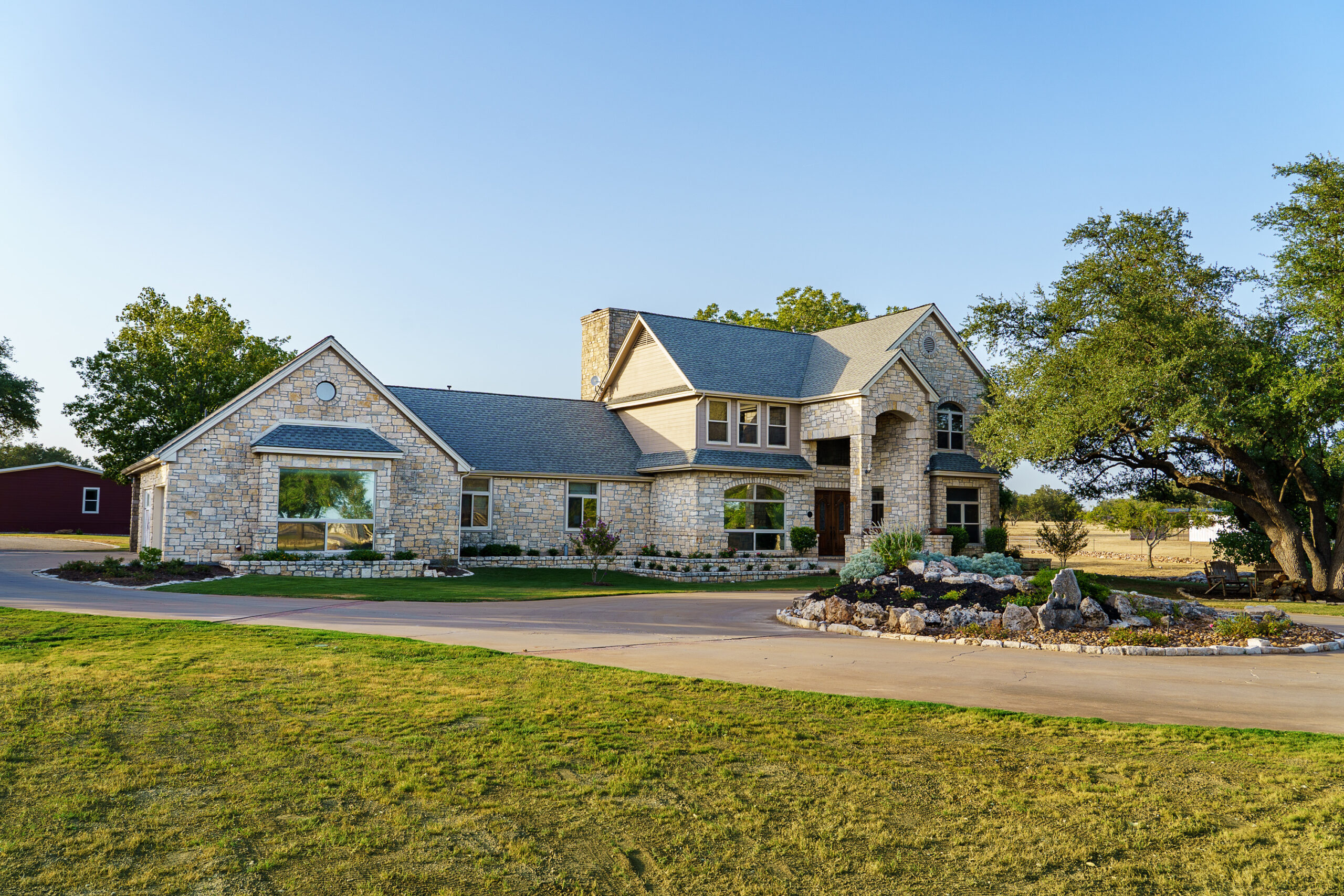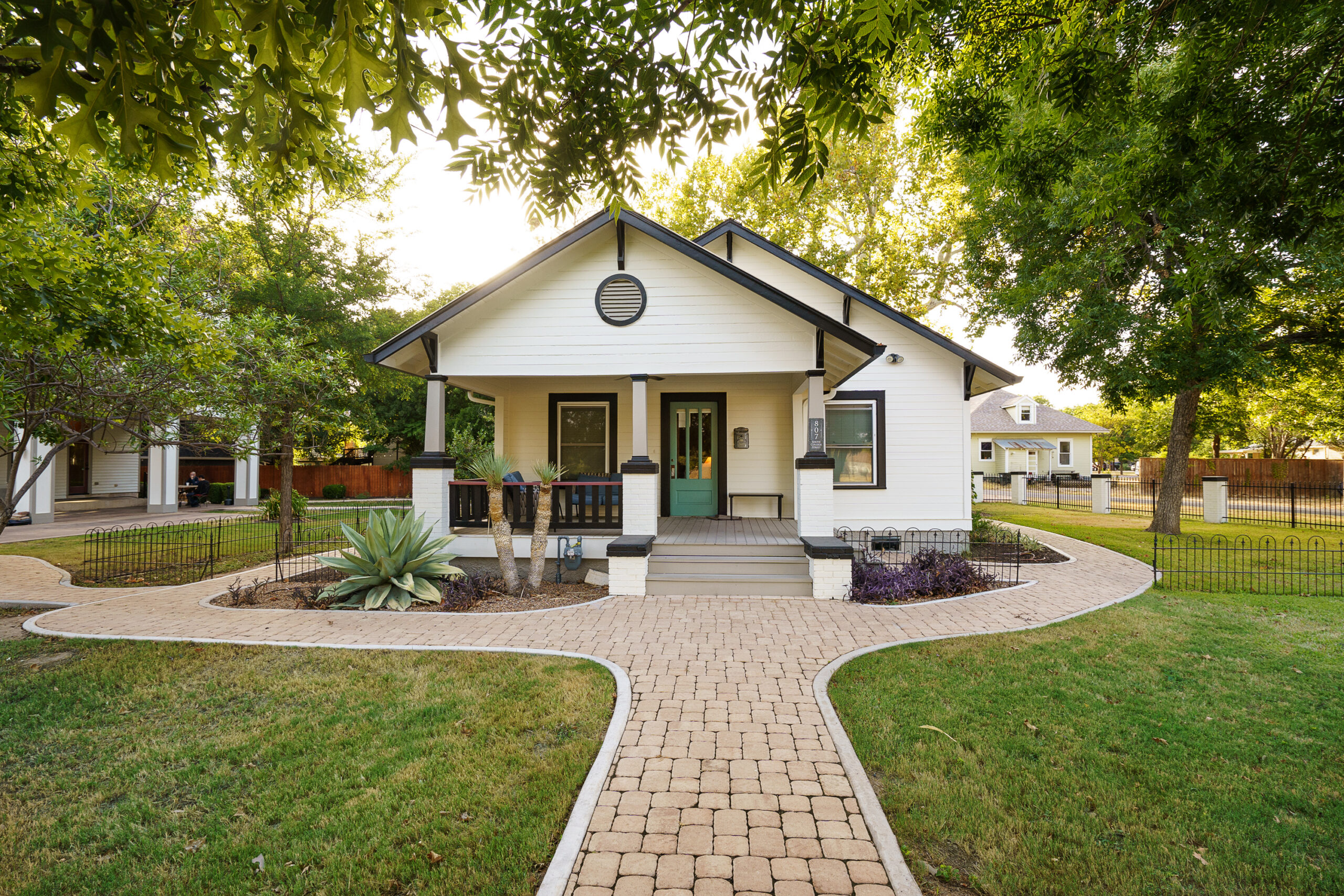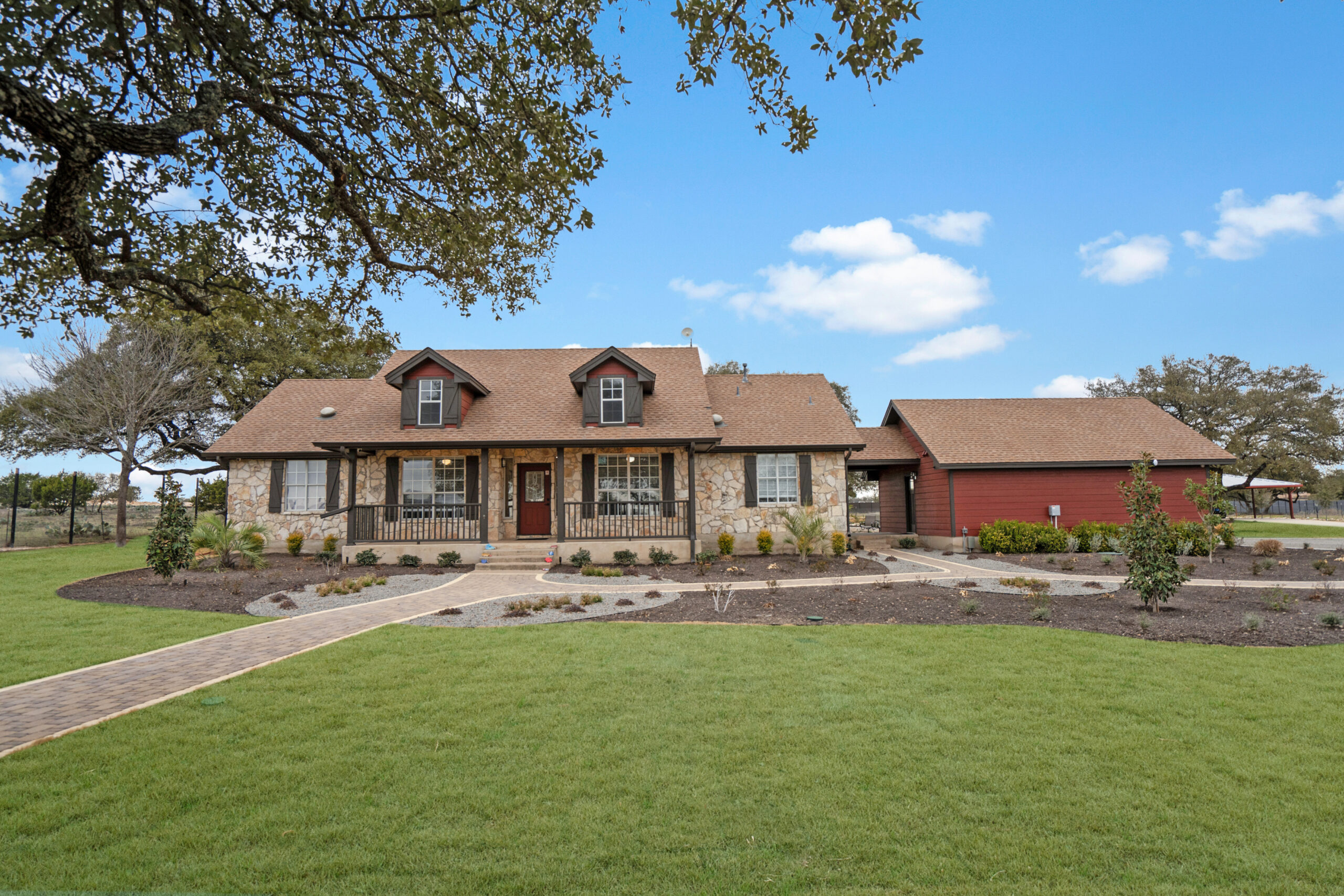
Overview of BPD in Women
Borderline Personality Disorder (BPD) presents a complex challenge, particularly in women, characterized by emotional volatility, fear of abandonment, intense relationships, and self-damaging behavior. Unique treatments for BPD women address these multifaceted issues, focusing on emotional regulation, interpersonal effectiveness, and self-awareness. Alta Loma, situated in the serene landscape of Georgetown, Texas, extends a comprehensive approach to managing BPD, tailored to cater to the individual nuances of the disorder in women.
Treatments for BPD Women
Individualized Therapy Approaches
Dialectical Behavior Therapy (DBT) stands as the cornerstone for treating BPD, offering a blend of acceptance and change strategies. Particularly for women, DBT’s focus on emotional regulation and relational skills resonates well with their experiences. At Alta Loma, therapy transcends traditional settings, incorporating elements like mindfulness into daily routines, enhancing the therapeutic journey.
Supportive Group Settings
Group therapy, an integral part of treatments for BPD women, provides a safe space to share experiences and learn from others. Skills training groups, especially those emphasizing DBT, foster a sense of community and shared understanding, crucial for women battling feelings of isolation and misunderstanding inherent in BPD.
A Holistic Approach to Wellness
Recognizing the multifaceted nature of BPD, Alta Loma advocates for a whole-person approach. Nutrition, physical health, and spiritual well-being are intertwined with psychological health. Treatments for BPD women at Alta Loma include dietary assessments, fitness programs, and mindfulness practices, ensuring a comprehensive path to recovery.
Medication Management in BPD Treatment
Understanding the Role of Medications
While there’s no “cure” for BPD with medication, certain drugs can alleviate co-occurring symptoms such as depression or anxiety, often present in BPD women. Alta Loma’s medical team works closely with residents to fine-tune medication plans, aiming for minimal side effects and maximum life quality improvement.
Challenges and Comorbidities
Treatments for BPD women must address the complex web of comorbid conditions often accompanying BPD, such as eating disorders, substance abuse, and PTSD. Integrating treatments for these concurrent issues is a hallmark of Alta Loma’s approach, ensuring that care looks at the person as a whole, rather than a set of symptoms.
Long-term Recovery and Support
Recovery from BPD is a marathon, not a sprint. Alta Loma emphasizes the importance of long-term support, offering programs that extend beyond initial treatment. From life skills training to community integration and ongoing therapy, treatments for BPD women are designed with sustainability in mind.
The Role of Family in BPD Treatment
Engaging Family Members
Family and loved ones play a vital role in the treatment and recovery process for women with BPD. Alta Loma encourages family involvement through educational workshops and family therapy sessions, fostering a supportive network that surrounds each woman with care and understanding.
Success Stories and Empowerment
Anecdotal evidence and personal stories of recovery can significantly bolster hope and motivation. Alta Loma shares these success stories, highlighting the journeys of women who have navigated the challenges of BPD and emerged empowered, offering tangible hope to those at the beginning of their journey.
Exploring Innovative Therapies
Adventure and Recreational Therapy
Alta Loma integrates innovative therapeutic activities like adventure and recreational therapy into its treatment plans for BPD women. These activities not only offer new perspectives and experiences but also teach valuable coping mechanisms and foster a sense of achievement and self-worth.
Community Integration and Social Skills
Reintegration into society stands as a significant challenge for many women recovering from BPD. Alta Loma’s treatments for BPD women include social skills training and community involvement opportunities, aiming to build confidence and competence in navigating everyday life and relationships.
Embracing Change and Growth
At the heart of recovery is the capacity to embrace change. Through comprehensive treatments for BPD women, Alta Loma focuses not just on symptom management but on fostering personal growth, resilience, and the ability to forge a fulfilling, balanced life despite the challenges posed by BPD.

What is the most successful treatment for BPD?
Among the various strategies to manage Borderline Personality Disorder (BPD), Dialectical Behavior Therapy (DBT) has been identified as particularly effective, especially for women. DBT, a cognitive-behavioral approach, integrates acceptance and change strategies to address the core symptoms of BPD. It emphasizes emotional regulation, mindfulness, interpersonal effectiveness, and distress tolerance. Alta Loma, with its serene environment and compassionate care, leverages DBT’s principles, integrating them into a holistic treatment plan that also encompasses aspects like physical well-being and emotional stability. This multifaceted approach fosters an environment where residents can thrive and embrace long-term recovery.
How do I manage my borderline personality disorder?
Managing BPD requires a comprehensive, ongoing effort involving therapy, support systems, and sometimes medication. Engaging in specialized therapy options such as DBT or Cognitive Behavioral Therapy (CBT) can be profoundly helpful. At Alta Loma, residents are encouraged to actively participate in individual and group therapy sessions, fostering a community of understanding and acceptance. Moreover, incorporating healthy lifestyle habits like regular physical activity, a balanced diet, and mindfulness exercises can significantly enhance emotional regulation. Alta Loma’s holistic approach underlines the importance of these practices, alongside providing medication management when necessary, to manage the symptoms effectively.
What is the best job for someone with borderline personality disorder?
Individuals with BPD thrive in environments where they feel supported and valued, with flexibility and structure. Jobs that allow for creativity and personal expression, or roles that involve helping others, can be particularly rewarding. It’s essential for individuals with BPD to prioritize their mental health, seeking employment in organizations that emphasize work-life balance and offer a supportive community. Alta Loma advocates for career paths that align with the individual’s passions and strengths, also highlighting the importance of accommodations and understanding from employers to adjust to any unique needs related to BPD.
What age does BPD peak?
BPD symptoms typically first emerge in adolescence and can peak in intensity during young adulthood, generally around the ages of late teens to early 20s. However, it’s crucial to note that with the right treatment and support, many individuals see a significant reduction in symptoms over time. Alta Loma focuses on providing long-term support and treatment tailored to the evolving needs of residents, recognizing the importance of early intervention while also catering to those who may find themselves struggling at different stages of life.
What are some common misconceptions about BPD in women, and how does Alta Loma address these?
One prevalent misconception is that BPD is untreatable, which can lead to feelings of hopelessness among those affected. In reality, with dedicated treatment plans like those offered at Alta Loma, individuals can achieve substantial improvement and lead fulfilling lives. Another misconception concerns the nature of BPD relationships, often viewed as invariably tumultuous. While challenges exist, therapy and support can significantly improve relational dynamics. Alta Loma’s comprehensive treatment programs, including family therapy and education, confront these misconceptions by empowering residents and their loved ones with knowledge and coping strategies.
Why is a holistic approach important in treating BPD in women?
Treating BPD effectively goes beyond addressing the symptoms alone; it requires a holistic approach that considers the person as a whole. This encompasses emotional, psychological, physical, and spiritual well-being. For women, in particular, strategies that include dietary assessments, fitness programs, and mindfulness practices can play a crucial role in recovery. Alta Loma’s holistic approach ensures that each resident receives a personalized treatment plan that accounts for all aspects of their well-being, fostering a comprehensive and sustainable path to recovery.






